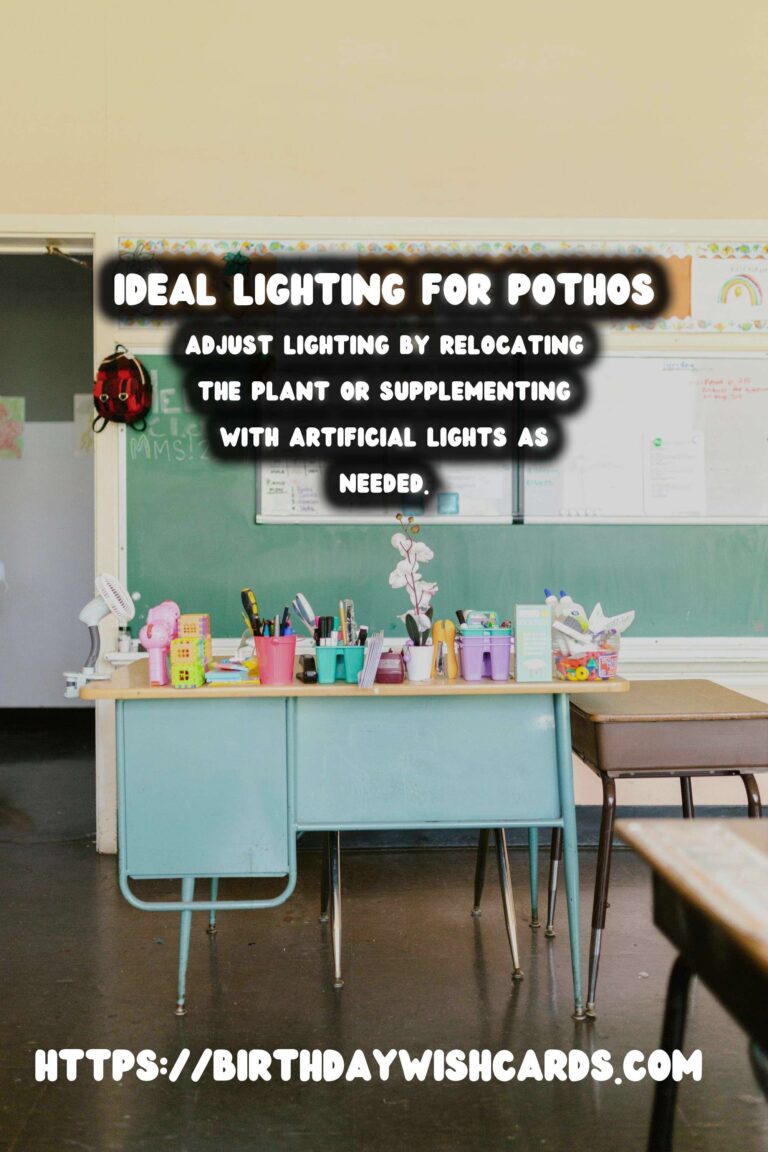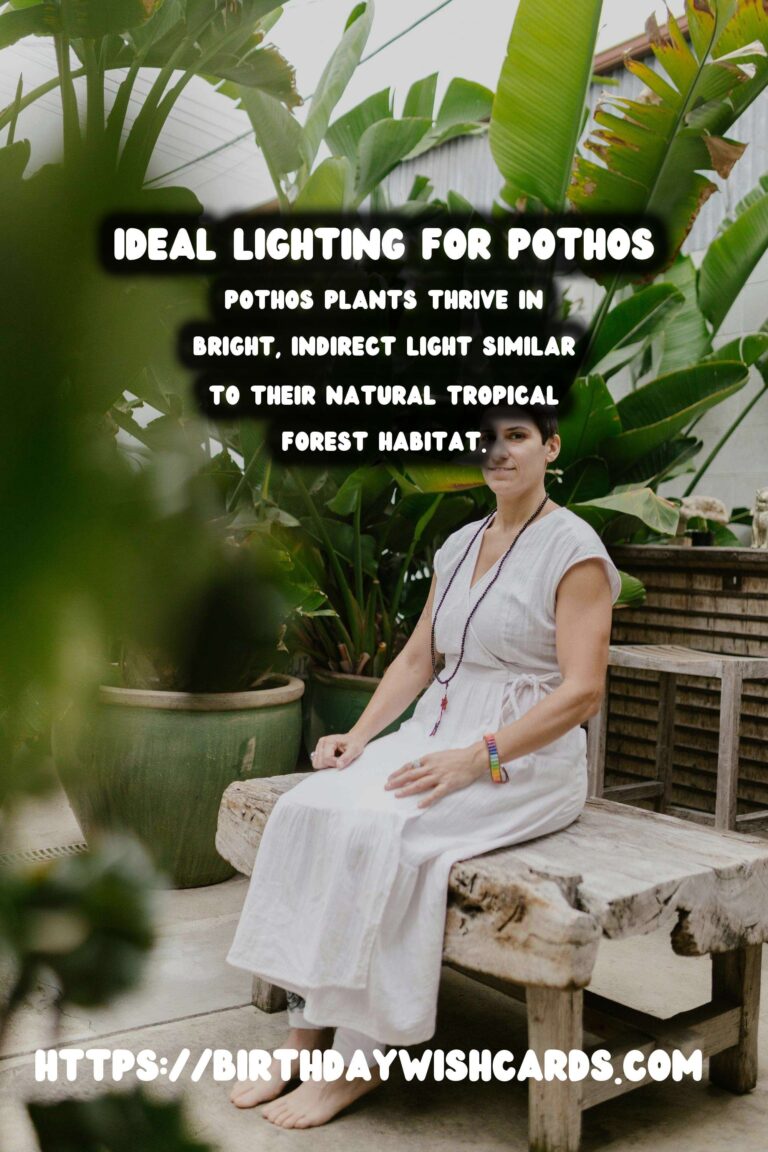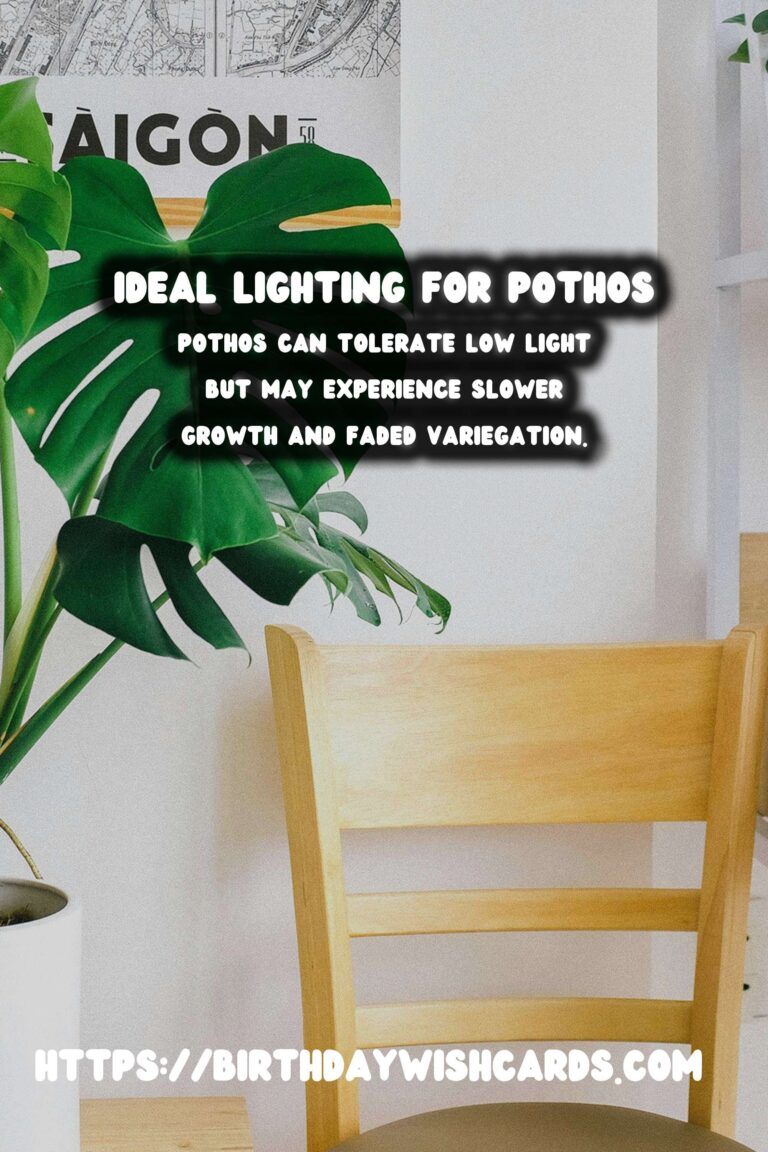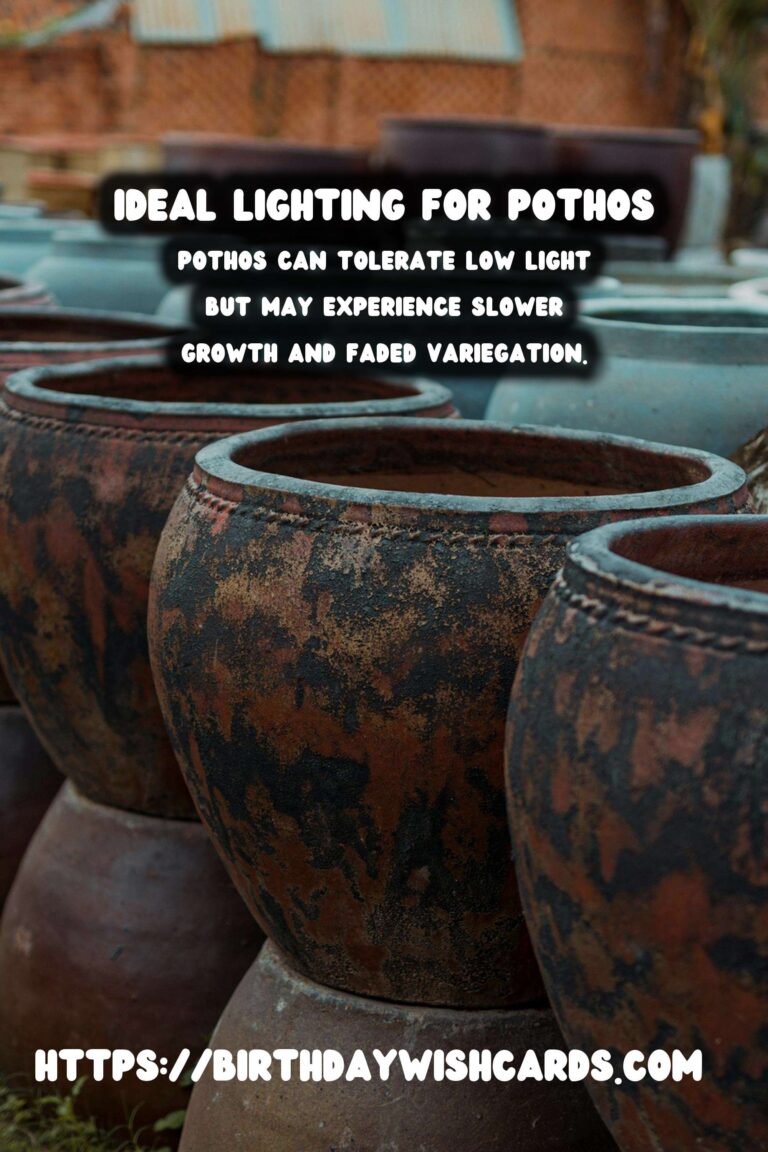
Pothos plants, also known as Devil’s Ivy, are among the most popular houseplants due to their hardy nature and attractive foliage. However, to ensure these plants thrive, understanding the ideal lighting conditions is essential. In this comprehensive guide, we will explore the best lighting for pothos plants to promote healthy growth and vibrant leaves.
Understanding Pothos Plant Needs
Pothos plants are native to the understory of tropical forests, which means they are accustomed to indirect light filtering through the canopy. This natural environment plays a crucial role in determining the best lighting conditions for the plant when grown indoors.
Best Lighting Conditions for Pothos Plants
Pothos plants thrive in bright, indirect light. This type of lighting mimics their natural habitat and allows them to photosynthesize efficiently without the risk of leaf burn. Direct sunlight can cause the leaves to become scorched, leading to unsightly brown patches or a washed-out appearance.
If you place your pothos in a room with east or north-facing windows, it will likely receive the gentle, indirect light it craves. South or west-facing windows can also work, provided the plant is kept a few feet away from the direct rays of the sun.
Low Light Tolerance
One of the reasons pothos are so beloved is their ability to tolerate low light conditions. While they can survive in dimmer environments, growth may be slower, and the variegation on their leaves might fade. If your home has limited natural light, consider supplementing with fluorescent lighting or LED grow lights to maintain the plant’s vibrancy.
Signs of Incorrect Lighting
Understanding the signs of incorrect lighting can help you adjust conditions before any permanent damage occurs. If your pothos is receiving too much light, you may notice yellowing leaves or browning edges. Conversely, if it’s not getting enough light, the plant may become leggy, with long spaces between leaves, and its overall growth may stagnate.
Adjusting Lighting Conditions
To adjust the lighting for your pothos, start by observing its current state. If the plant shows signs of light deficiency or excess, consider moving it to a different location. You can also rotate the plant periodically to ensure all sides receive equal light exposure, promoting even growth.
Conclusion
Providing the best lighting for pothos plants is key to their health and growth. By mimicking their natural habitat with bright, indirect light, you can enjoy a lush and thriving pothos in your home. Remember, while they are adaptable, keeping a close eye on their lighting needs will ensure your plant remains a stunning part of your indoor garden.
Pothos plants thrive in bright, indirect light similar to their natural tropical forest habitat. Direct sunlight can scorch pothos leaves, causing brown patches. Pothos can tolerate low light but may experience slower growth and faded variegation. Signs of incorrect lighting include yellowing leaves or a leggy appearance. Adjust lighting by relocating the plant or supplementing with artificial lights as needed. 









#PothosPlants #IndoorPlantCare #GardeningTips




